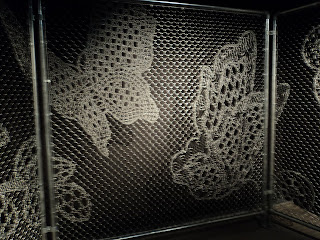Throughout her videos, Annie Leonard is trying to convey the truth behind the production and manufacturing of the many product that we trust and use daily.
The video ‘The story of bottled water’ shows how companies manufacture demand by making people think tap water dirty and unhealthy for them, then, by putting picture of mountain streams and nature on the bottle labels, most assume bottled water is the better option when in actual fact a third of all bottled water comes from the tap. Furthermore from the process of extraction and production to all the energy used to produce the bottles and transport them across the world to lastly the disposal of the bottles, the production on bottled water has very high environmental impacts. Finally water companies are very misleading with advertisements that their bottles are recycled when instead they are downcycled (turning them into lower quality products which will in turn be disposed).
The video ‘The story of cosmetics’ demonstrates how all the personal care products we use in our daily lives are filled with toxins as from the dozens on chemicals contained in the products less than 20% have been assessed for safety. Annie Leonard discusses why these toxins still exist in cosmetics and reasons that it is an olden day mindset when everyone was consumed by “better living through chemistry” and no one really thought about the impact on humans. Furthermore the most shocking fact if all is that the government has not laws in place to get rid of these toxins, does not even asses products before they are sold and further does not require all ingredients to be listed on the product.
Throughout the video ‘The story of electronics’ Annie Leonard talks about “design for the dump”, which means making stuff that needs to be disposed on rapidly creating a ‘global toxic emergency’. Through the theory “toxins in, toxins out” electronics in which we use are filled with toxins that need to be released. Some of these toxins are slowly released while still being used by consumers; however, most are released after disposal which is extremely dangerous. In order to make manufactures design longer lasting products they must deal with their own product e-waste also known as ‘product take back’. By choosing greener products and not importing out e-waste to other countries we are one step closer to reducing toxic chemicals.































